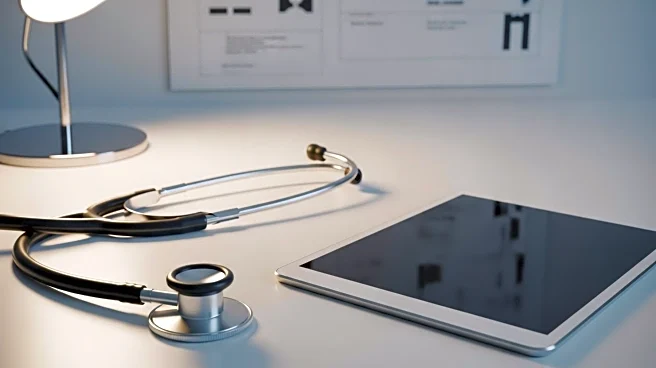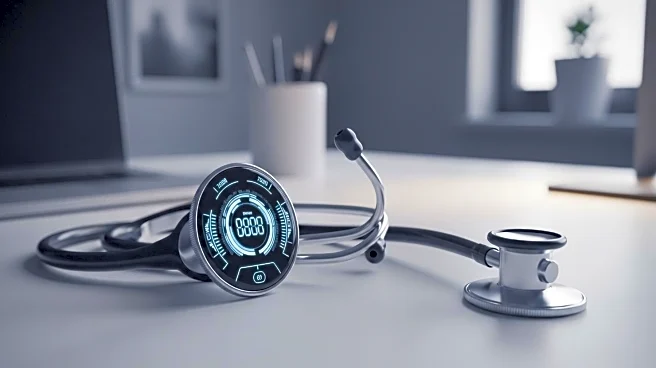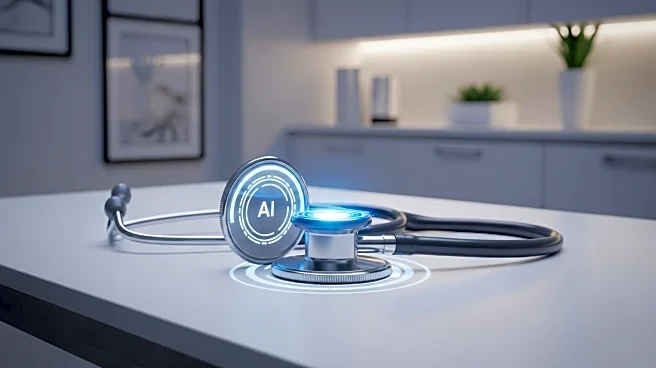What's Happening?
Health plans are being called to modernize utilization management (UM) processes to improve transparency and efficiency. The current UM model, often outsourced to third-party vendors, is criticized for its lack of transparency and reliance on outdated algorithms, leading to delays and mistrust between providers and health plans. The AHIP and Blue Cross Blue Shield Association have pledged to reform the authorization process, aiming to reduce burdens, improve decision transparency, and protect patients from care delays. The proposed changes include embedding UM into EHR workflows, supporting FHIR-based API exchanges, and establishing governance for continuous improvement.
Why It's Important?
The modernization of UM is crucial for improving the relationship between health plans and healthcare providers. By enhancing transparency and efficiency, health plans can reduce administrative burdens and improve patient care. This shift is expected to lead to better clinical outcomes, increased provider trust, and a more streamlined healthcare system. The move towards in-house UM processes allows health plans greater control over clinical criteria and decision-making, potentially reducing appeals and improving turnaround times. This reform is significant for the healthcare industry, as it aligns with broader efforts to implement value-based care models.
What's Next?
Health plans are encouraged to conduct transparency audits, prioritize clinical alignment, and build interoperable systems to support the modernization of UM. These steps are essential for achieving the goals set by the AHIP pledge. Health plans that act now will redefine the payer-provider relationship around transparency and accountability, leading to better outcomes. The industry is expected to see a shift towards more integrated and transparent UM processes, with health plans taking ownership of UM to improve clinical decision-making and member experience.











